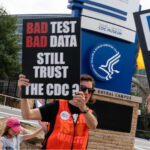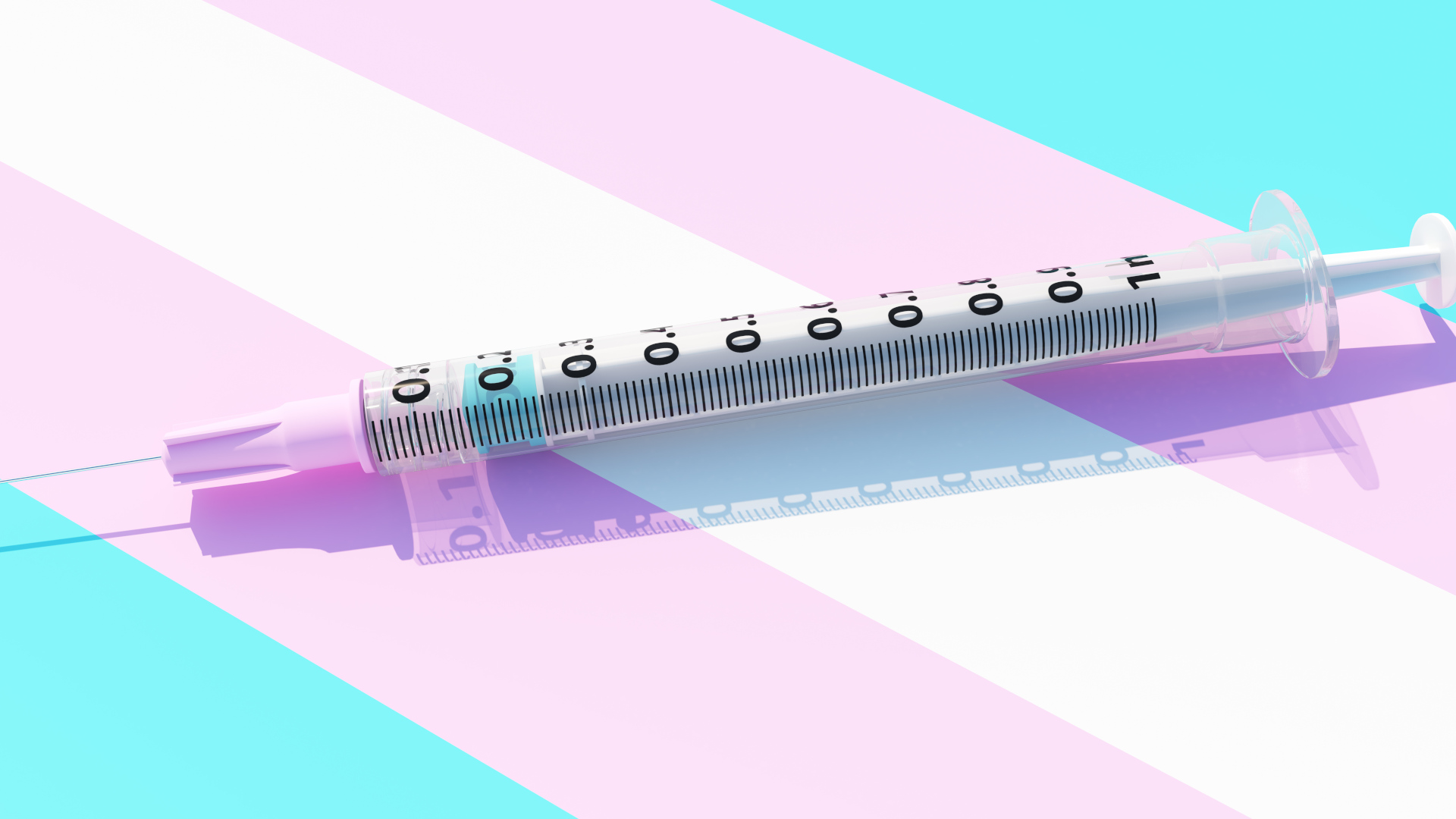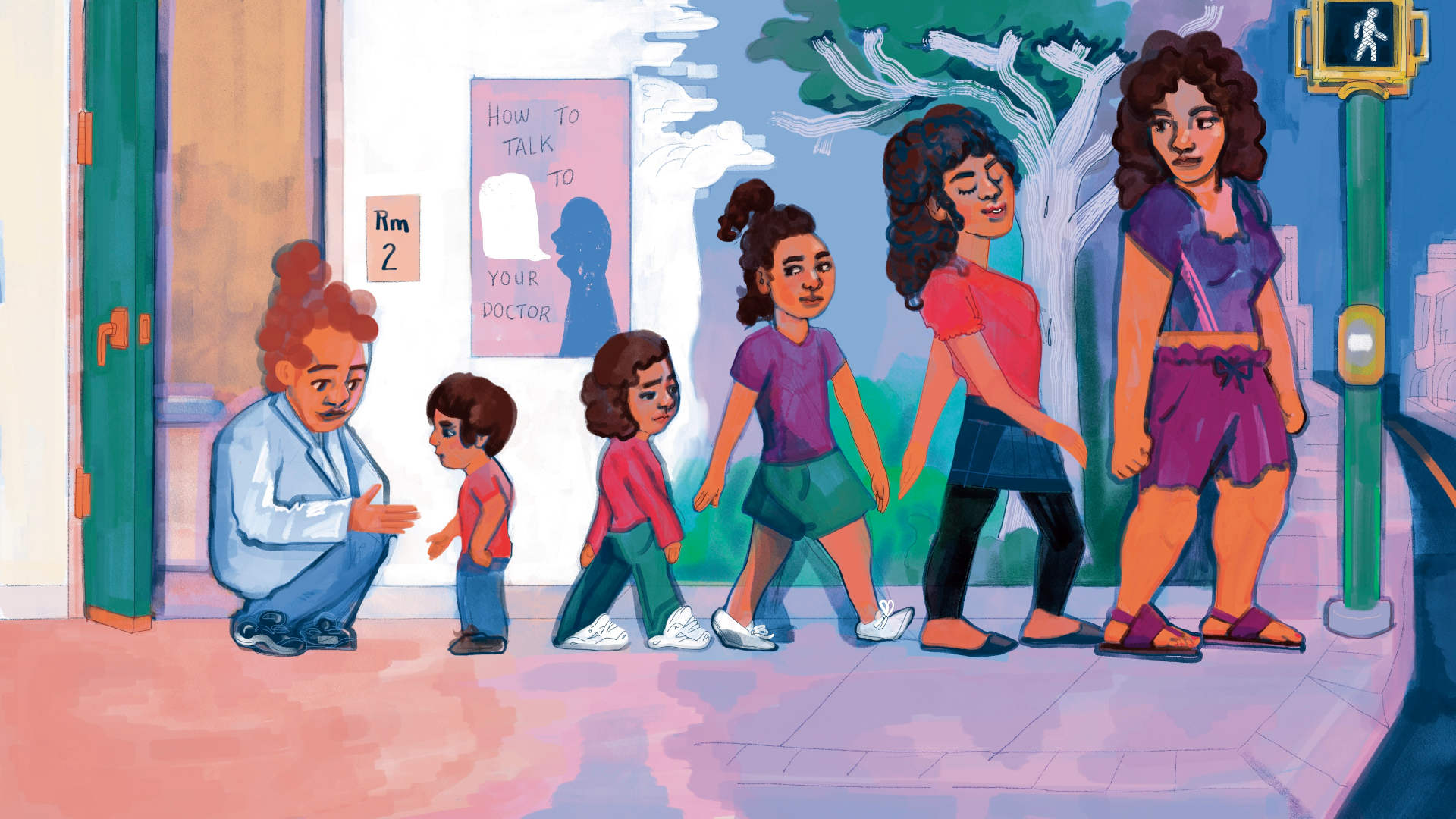In the U.S., 23 states have passed legislation to ban medicalized care for minors with gender dysphoria, or the experience of distress that can occur when a person’s gender identity does not match the sex they were assigned at birth. On the other hand, 12 state legislatures have introduced laws to protect access to youth transgender care. Such care can include puberty blockers, which are medications that suppress the body’s production of sex hormones, and cross-sex hormones like testosterone or estrogen that alter secondary sex characteristics. It also may include sexual reassignment surgery in rare instances.
U.S. policies on both ends of the spectrum are not science-driven but rather emanate from polar-opposite ideologies. Unlike in Europe, there doesn’t appear to be room for a non-ideological process for determining what the best care is that weighs the emerging clinical evidence and adjusts policies accordingly.
As reported in Axios, state efforts to restrict various forms of transgender medicine are being fueled by religious groups that aim to shape policy based on their strongly held beliefs around the immutability of gender and family. Faith-based objections to transgender care come from a worldview in which God created humans as male or female. Here, the role of parents’ rights features prominently, as well as a conviction that adolescents are insufficiently mature to decide on trans alterations to their bodies. Moreover, lawmakers point out that some young people later regret having had irreversible body-altering treatment.
The bans on care can be driven by extreme religious views. In one example, The Associated Press reported last year that Oklahoma state Sen. David Bullard introduced what he called the “Millstone Act” — a bill that would make the act of providing gender transition procedures to anyone under the age of 26 a felony — by citing a Bible passage that suggests those who cause children to sin should be drowned. The age limit was later lowered to 18.
Proponents, however, see the idea behind gender-affirming care as offering medical treatment so that a person can live as the gender with which they identify. A frequently heard argument is that children who can’t access care are at significantly higher risk of worse mental health outcomes. There is evidence that gender-affirming care for youth yields short-term improvements in terms of less depression and suicidality. However, a review of the literature shows it suffers from a lack of methodological rigor by not adequately controlling for the presence of other psychological conditions, substance use, and factors that enhance or reduce suicide risk. This greatly enhances the possibility of misinterpreting the data, leading researchers to cite significant differences between groups being compared when in fact there are no differences.
U.S. policies on both ends of the spectrum are not science-driven but rather emanate from polar-opposite ideologies.
A critique in The Economist assessed apparent political motivations underlying the presumed consensus among U.S. health care providers, including groups like the American Academy of Pediatrics, or AAP, that gender-affirming care is invariably beneficial and should be made as accessible as possible. But an empirical basis for relatively easy access is lacking. In 2020, the British National Institute for Health and Clinical Excellence published two systematic reviews — one on puberty blockers, the other on cross-sex hormones — which indicated no clear clinical benefit of such treatments regarding gender-dysphoria symptoms. The review found that analyses regarding the impact of puberty blockers were “either of questionable clinical value, or the studies themselves are not reliable.” On cross-sex hormones, the institute identified short-term benefits but said these “must be weighed against the largely unknown long-term safety profile of these treatments.”
Furthermore, based on a four-year review led by Hilary Cass, the National Health Service in England declared in March that puberty blockers will not be available to children and young people, unless they’re enrolled in clinical research trials. In April, the final report was released which reinforced the NHS policy change.
To take a more rational approach, the U.S. ought to adopt the European perspective and look to the forerunners in gender care — the Dutch. Caution is at the heart of the Dutch model of care for those presenting with gender dysphoria. Over a period spanning two decades, gender specialists in the Netherlands methodically compiled a comprehensive set of guidelines for providing trans care for minors, known as the Dutch protocol. The protocol outlines prerequisites for care, which include documented onset of gender dysphoria during early childhood, an increase of the experience of gender incongruence after puberty, the absence of other significant psychiatric illnesses, and a demonstrated knowledge and understanding of the consequences of medical transition.
After a youth enters a clinic, they undergo a diagnostic phase that lasts at least six months, during which time there’s an intensive work-up involving detailed questionnaires and dialogue between the young person and a mental health support team. After that, youths who want to pursue a medical transition are prescribed puberty blockers, and it may be a couple more years before they become eligible for cross-sex hormones.
Treatment with puberty blockers typically begin around age 12. Irreversible and partially irreversible interventions, which include cross-sex hormones and surgery, cannot be given until the person reaches 16 and 18, respectively. Patients who go through with the transitioning process are provided with psychotherapy throughout.
To take a more rational approach, the U.S. ought to adopt the European perspective and look to the forerunners in gender care.
This watchful waiting approach to helping gender-diverse children is rejected by the AAP, psychologist James M. Cantor wrote in an analysis of the AAP’s policy. U.S. clinicians have criticized the Dutch process for being too slow and erecting unnecessary obstacles on the path of gender transition. They tend to favor quicker access to puberty blockers, cross-sex hormones, and even surgeries for young people. Although sex reassignment surgeries are relatively rare in the U.S., recent research using data from 2016 to 2020 show that 3,678 (7.7 percent) of them were in the 12 to 18 age group. In Europe, such surgeries for youth are mostly inaccessible.
And a growing number of European countries are reevaluating their approach to pharmaceutical care for gender-incongruent minors, indicating the need for even more caution than the Dutch Protocol provides. Medical experts point to the dearth of rigorous high-quality evidence to support the use of drugs. They base their assessments on a series of systematic evidence reviews conducted by public health authorities in Finland, Sweden, and England to determine the risks and benefits of puberty blockers and cross-sex hormones. The data collected and analyzed in the reviews suggest a risk-benefit ratio that is characterized as unknown, unfavorable, or insufficient on a scientific basis.
A landmark study published this year examined deaths from all causes and from suicide in Finnish adolescents and young adults who were seen at specialized gender identity clinics between 1996 and 2019. It found that pharmaceutical intervention or surgery was not linked to a reduction in suicide when researchers took psychiatric treatment history into account.
Study findings have informed changes in policy regarding treatment of gender incongruence in minors. Besides England, most health authorities are not instituting bans on treatment. However, currently in European countries that have traditionally been leaders in youth gender medicine — such as Sweden, Denmark, France and Finland, — patients under 18 typically only receive puberty blockers and cross-sex hormones if they meet strict eligibility requirements. Health authorities suggest that key questions remain unanswered, including the long-term effects of puberty blockers and hormones on bones, brain, sexual function, and fertility. In the meantime, clinicians are prioritizing approaches which seek to address possible psychological conditions that might accompany gender dysphoria and explore the psychological and other possible determinants of trans identity.
Despite these findings and the changing viewpoints in Europe, there’s intransigence on the part of AAP and other U.S. medical professional societies to alter course. Although after years of balking, AAP finally called for a review of the medical research, it continues to advocate for its position. In what amounts to a politically charged statement, an editorial in the AAP journal Pediatrics stated that withholding gender-affirming care is “harmful to children and amounts to state-sanctioned medical neglect and emotional abuse.”
Europe’s approach of not banning but instead restricting medicalized transgender care for minors stands in stark contrast to the U.S. Changes in policies are dictated by emerging clinical evidence, not gender-identity politics or theological ideology.
Joshua Cohen is an independent healthcare analyst and freelance writer based in Boston.











